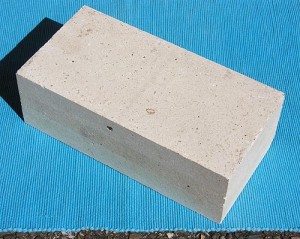Re: Fire bricks versus 'Pressed Reds'
I don't buy firebricks anymore. I sold the last of them that I had about a year ago. I use. A castable refractory to make ovens, it is way easier than cutting bricks. Most commercial furnaces use castable now, which is gunned on rather than using firebricks. When the refractory is past it's serviceability it is broken up with sledgehammers and a new lot gunned on. Most firebricks in Australia are now imported and hence their high cost.
Originally posted by Volongo
View Post





 . Full body workout that!
. Full body workout that!

Comment